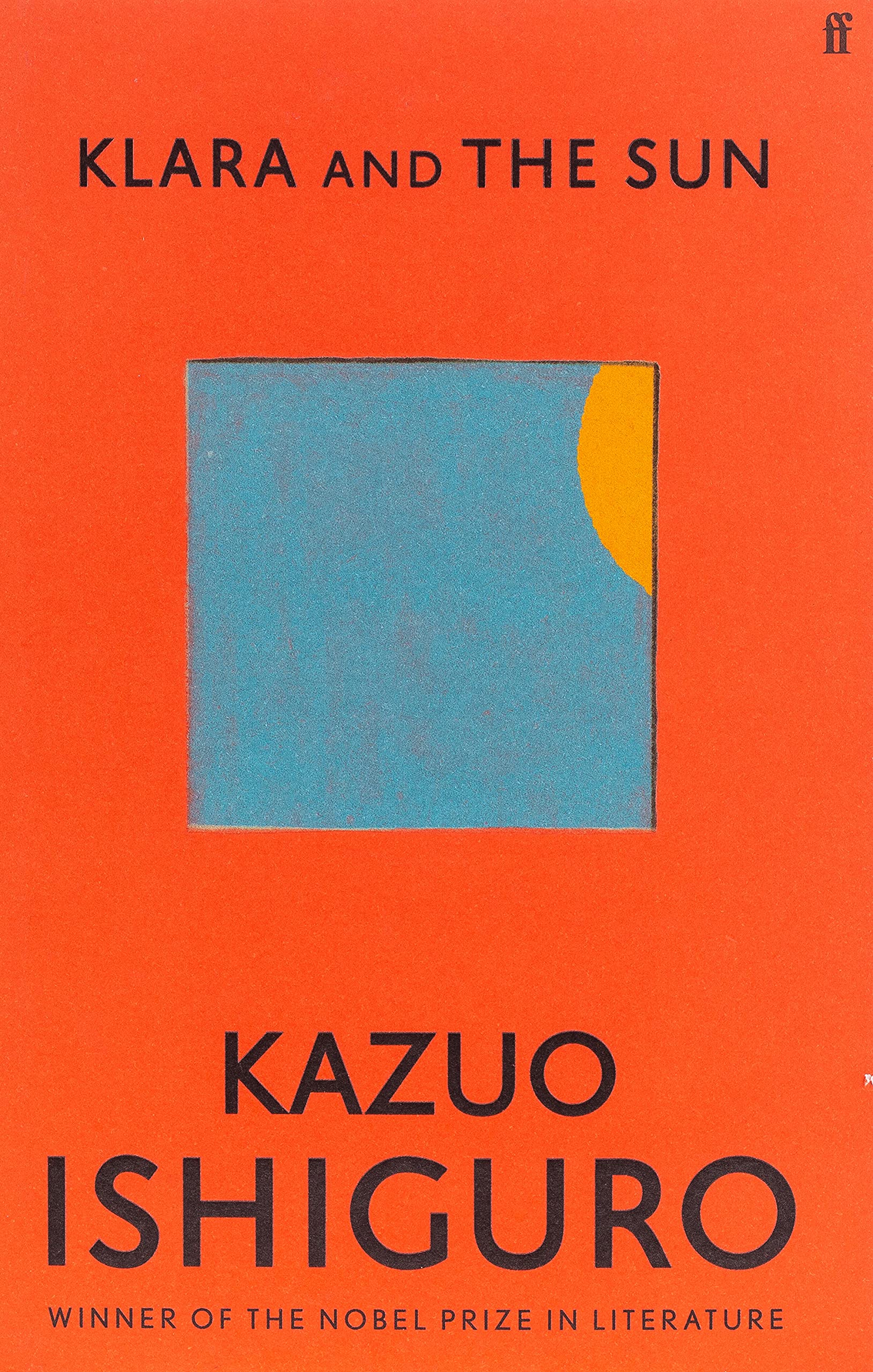‘Klara and the Sun’, Examining Artificial Love
In this novel, Kazuo Ishiguro addresses otherness and imagines a world where robots might have more heart than their human counterparts.

© Faber and Faber
Kazuo Ishiguro, winner of the Nobel Prize for Literature, likes to follow a formula: all his novels depict a world in which the reader is swept along in the twists and turns of reality as well as in those located in the protagonists’ brains, no longer knowing whether they are in fact themselves a guinea pig in a literary experiment. Klara and the Sun is no exception to the rule.
In this novel, the reader is immersed in the thoughts and robotic system of a humanoid who goes by the name of Klara. This artificial friend is first seen in a shop window, as she waits desperately for a human to choose her to watch over their offspring —humanoids, in the world imagined by Kazuo Ishiguro, keep children and adolescents company before they reach adulthood.
Thus, to keep herself busy and sharpen her senses, she observes these humans, existing freely, from the other side of the glass, until the day when a mother and daughter come into the shop and extract her from her metronomic everyday existence, where the sun and its rays act as her compass.
What is a human?
Klara therefore enters the home of this poorly young girl, whose mother is scared by the thought of having to experience grief once again after having already lost a child. But this artificial friend proves to be far more than an electronic companion, configured to love beyond measure.
As she tries to understand how these humans live, humans who ‘in their wish to escape loneliness, made manoeuvres that were very complex and hard to fathom’, Klara questions the reader in turn: to what extent are we replaceable in the heart of those who love or loved us? And above all, what does it mean to be a human?
Klara and the Sun (2021), a novel by Kazuo Ishiguro published by Faber and Faber.
TRENDING
-
The Tattoos that Marked the Criminals of the Edo Period
Traditional tattoos were strong signifiers; murderers had head tattoos, while theft might result in an arm tattoo.

-
Paris, Tokyo: Robert Compagnon
With his co-chef and talented wife, Jessica Yang, Robert Compagnon opened one of the top new restaurants in Paris: Le Rigmarole.
 3:31
3:31 -
Chiharu Shiota, Red Threads of the Soul
Last year, more than 660,000 people visited the retrospective 'Chiharu Shiota: The Soul Trembles' exhibit at the Mori Art Museum.

-
‘Before Doubting Others, Doubt Yourself. Who Can Truly Say a Dish Isn’t What It Used to Be?’
In ‘A Non-Conformist’s Guide to Surviving Society’, author Satoshi Ogawa shares his strategies for navigating everyday life.

-
The Story of Sada Yacco, the Geisha who Bewitched Europe
Described by Dazed magazine as the first beauty influencer, she has been restored to her former glory since 2019.





